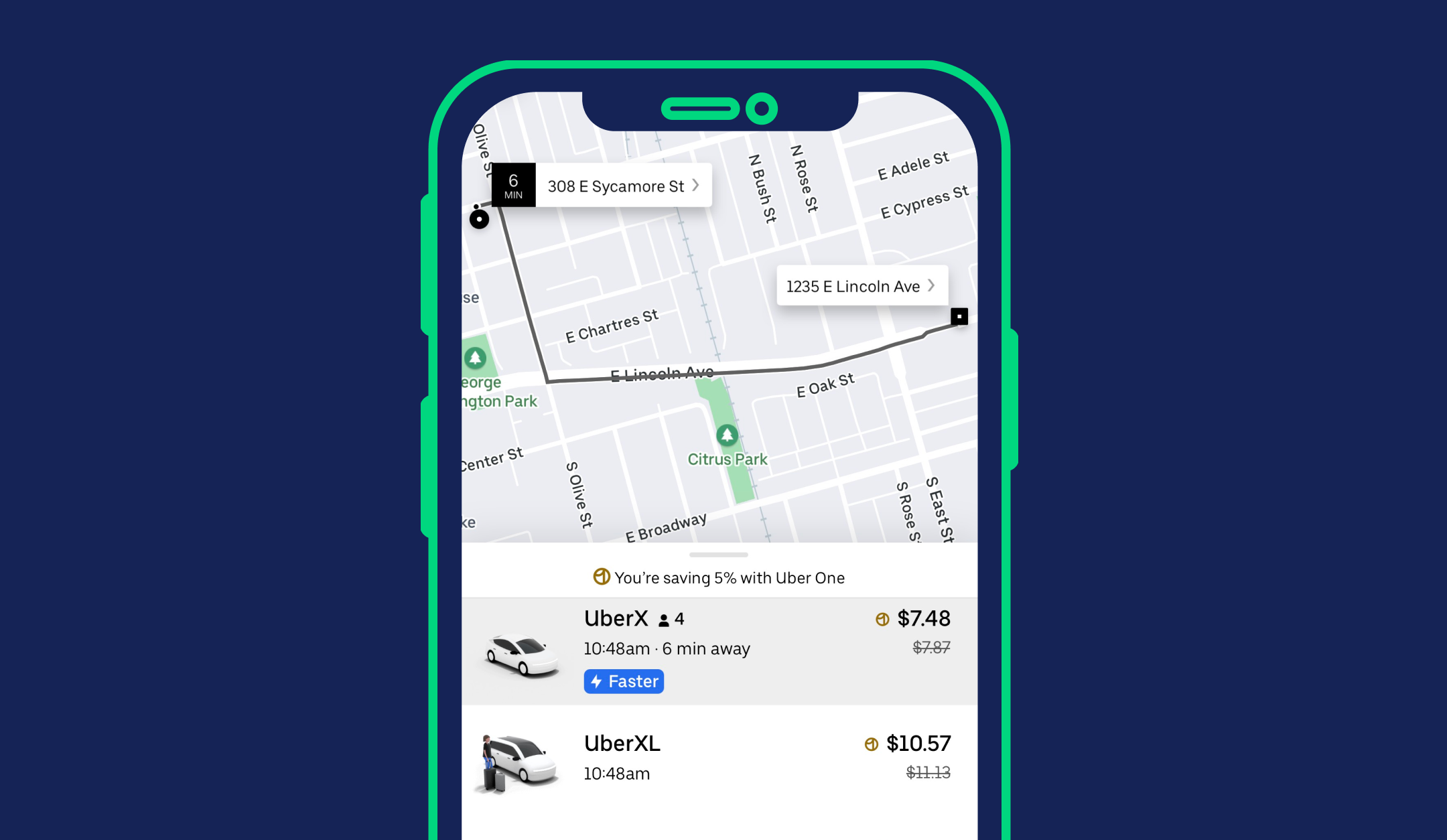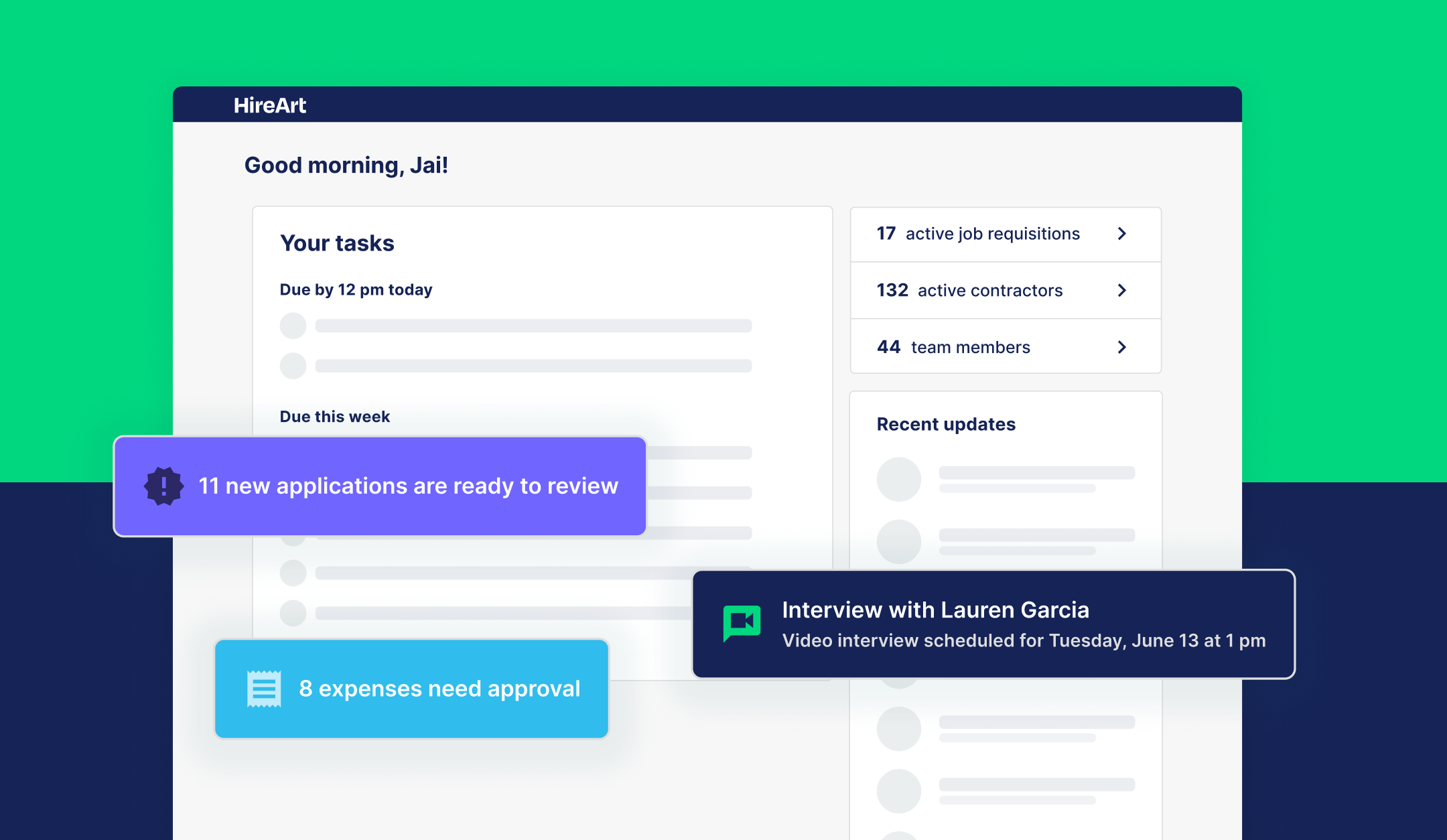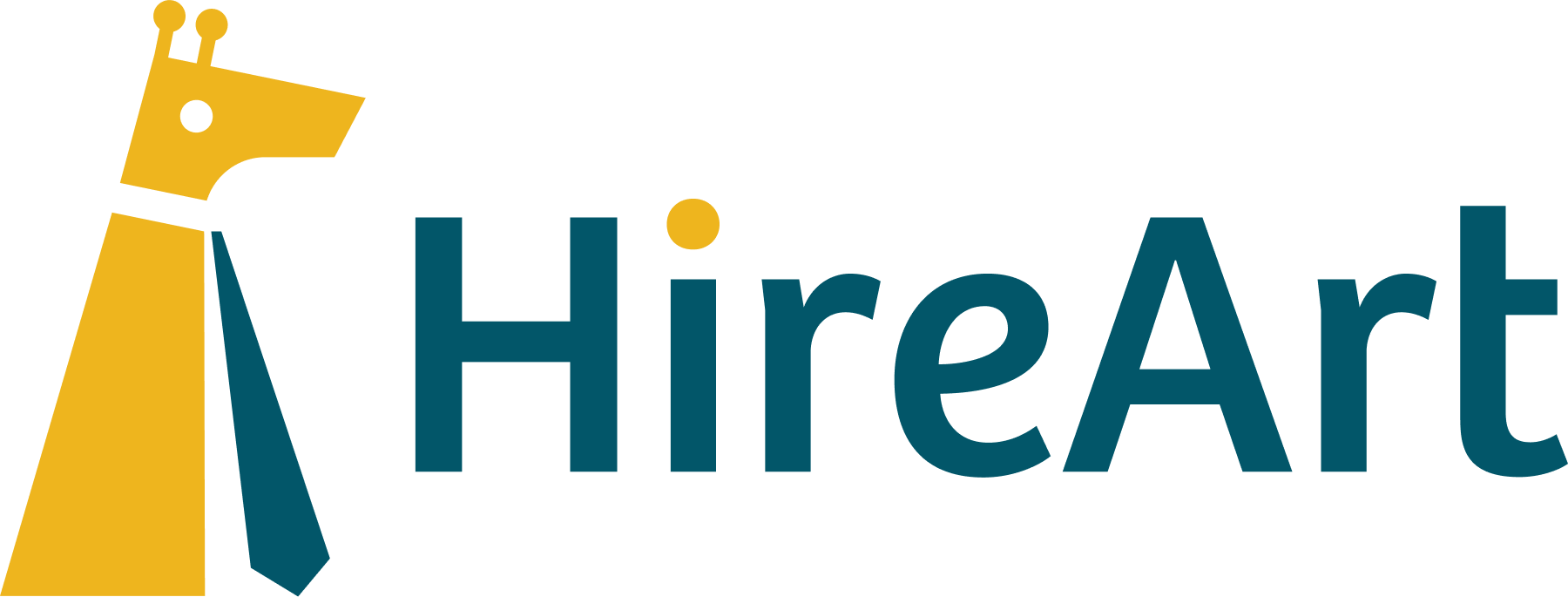An Über Example

Why Contract Workforce Management Should Follow the Rideshare Playbook
Despite the considerable strides in contract workforce management solutions, transparency and communication remain ongoing challenges. This is because workforce data doesn’t live in one place, meaning client organizations, managed service providers (MSP), staffing firms, and contract workers must coordinate across a lengthy communication stream to accomplish critical tasks.
Vendor Management Systems (VMS) attempt to streamline communication and workflow processes by leveraging software automation. This represents progress, yet the data that power even the most sophisticated VMS platforms still come from external silos and depend on manual updates to function. Resolving these shortcomings requires taking a fresh approach to the entire process.
The Root Cause: Fragmentation
These days it is uncommon for businesses to engage with staffing agencies directly. As agencies are often vertically focused when it comes to recruitment, organizations might have had to collaborate with several of them in order to meet their multifaceted staffing needs.
The MSP/VMS Relationship
Clients often partner with MSPs now. MSPs take on the majority of administrative tasks that come with coordinating with several disparate staffing agencies, and as such, they commonly leverage Vendor Management Systems (VMS) to automate their many processes.
While this system is somewhat beneficial to client organizations who no longer have to participate in as much of the heavy lifting, there are now multiple layers of separation between client and contractor, which presents a unique set of challenges in and of itself. The communication stream ends up looking something like this:

Where It Goes Wrong
The MSP/VMS model is inadequate for a couple of important reasons. The layers of interdependent workflow processes between disparate organizations, such as communicating job requisition information to staffing agencies, interview scheduling, evaluating candidate feedback, and offer negotiations, exaggerate time-to-fill ratios.
Additionally, edge cases such as unexpected lapses in communication, the need for overnight, organization-wide policy updates (as seen during the COVID-19 pandemic), or last-minute PTO updates are difficult to respond to quickly.
Taxi Dispatch versus Rideshare
At HireArt, we think the traditional workflow model for contract workforce management is in many ways analogous to taxi services before the advent of modern ridesharing platforms. Taxi dispatching services can be compared to an MSP - an external agency that coordinates clients (riders) and contractors (drivers).
A Good Analogy
The pre-rideshare taxi dispatch system was challenging in many of the same ways. A successful customer transaction depended on communicating through a chain of stakeholders (from rider, to dispatcher, to driver, and back). Critical information, such as driver availability and customer location, had to be relayed to the dispatcher before disseminating to parties concerned. Like traditional MSPs, the intermediary between client and contractor is not the true source of information, and relies on external input to stay up to speed.
Additionally, this communication model handled edge cases poorly. For example, any unexpected revisions to pick-up locations for passengers depended on that information being communicated to the dispatcher and passed on to the driver, creating additional stress on the already cumbersome process.
Modern Rideshare Platforms
The advent of modern rideshare platforms changed everything. Through technology, riders enjoy a simplified user experience through a mobile application that handles the entire process from start to finish. More importantly, all of the data lives in one place in a precise, structured way.

Rideshare platforms leverage geolocation and traffic data to identify user demand, track user location, and plan trips, all of which contribute to a vastly improved user experience for all parties concerned. Software enables the functionality, transparency, and flexibility needed to respond to edge cases, such as changes in destination or payment method.
The key to success in this instance was keeping all the data in one place and building great software around it.
How to “Überize” Contingent Workforce Management
So how can these same principles from the rideshare platform example be applied to contract workforce management? Like ridesharing, it requires a new perspective on existing workflow models.
Start with Data
Vertical integration begins by leveraging a single platform that functions as the single source of truth.This hasn’t been possible in legacy workflow models since MSPs are not technically the employers of record. It is the staffing agencies that both source and employ contractors, and thus no employment data actually lives in the VMS.
The key to generating quantity and quality of data is centralizing employment by unbundling staffing agency offerings, having them instead focus on sourcing while one intermediary between client and contractor handles both employment and platform administration.
One Employer, One Platform
Create a single system of record that is also the employer of record. This puts all hiring and employment data in a single space and allows the intermediary to build great software around the data to create powerful self-serve functionality for clients and contractors. Doing so enables a simplified user experience, data accessibility, and better transparency, like that seen in modern rideshare platforms and other consumer applications.
Results
The results are faster response times (regarding both time-to-fill ratios and edge case management), higher user satisfaction for both client and contractor, and more predictable costs from the elimination of extra intermediaries.
Conclusion
Contract workforce management still has its best days ahead, in terms of both efficiency and overall user satisfaction.
Through technology and a willingness to challenge long-standing paradigms, the industry can usher in its own version of disruptive solutions demonstrated by rideshare platforms.
HireArt is a full-stack platform to source, employ, and manage a company’s contract workforce. A pioneer in vertically integrated employment, HireArt offers a seamless platform that covers every part of the employment process, from recruitment to outprocessing.
To learn more or schedule a screening call, visit hireart.com


